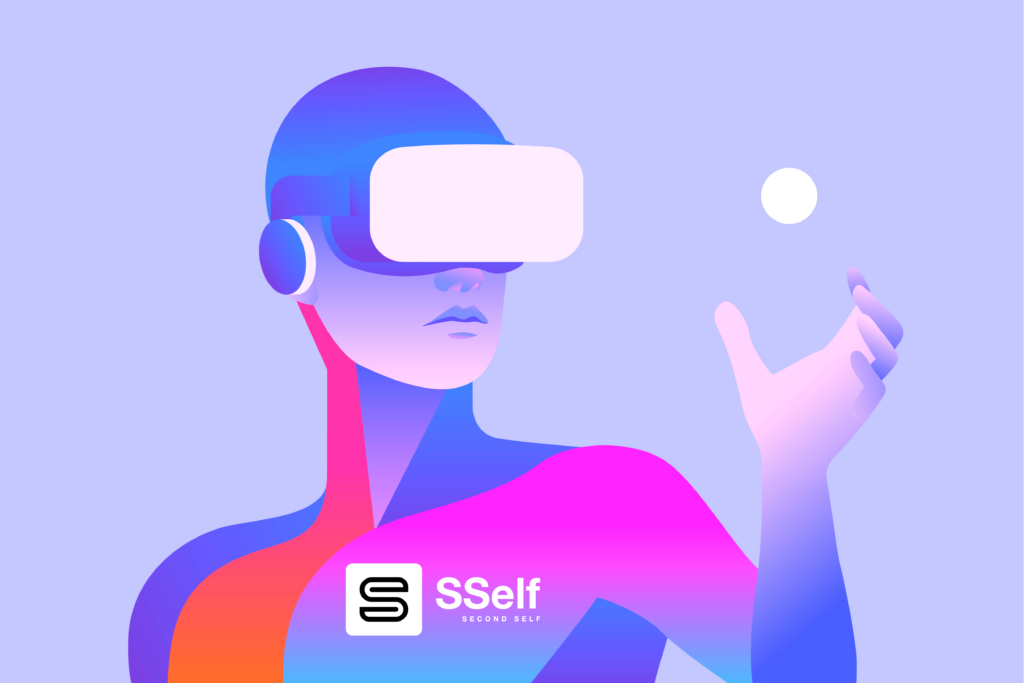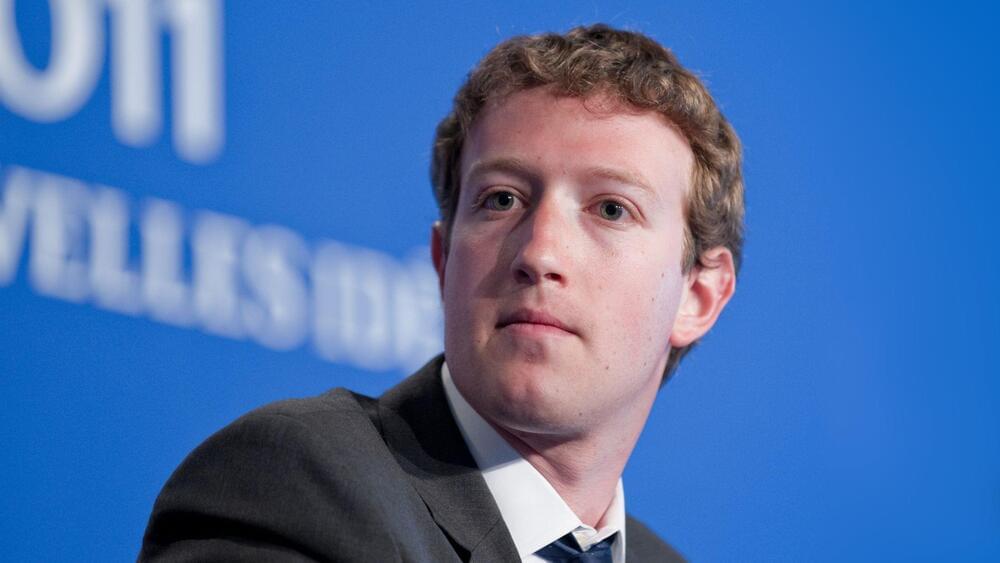“You’d be crazy not to, given their track record.”
Amazon is working toward the launch of two prototype satellites for its SpaceX Starlink-rivaling internet service, Project Kuiper. The delivery giant plans to launch these first two satellites at some point next year, and earlier this year, it penned what it calls “the largest commercial procurement of launch vehicles in history.”
Amazon signed that agreement, totaling 83 Kuiper launches, with United Launch Alliance (ULA), European firm Arianespace, and Jeff Bezos’ Blue Origin.
There’s one important caveat, though.
1, 2
The delivery giant plans to launch these first two satellites at some point next year, and earlier this year, it penned what it calls “the largest commercial procurement of launch vehicles in history.”








